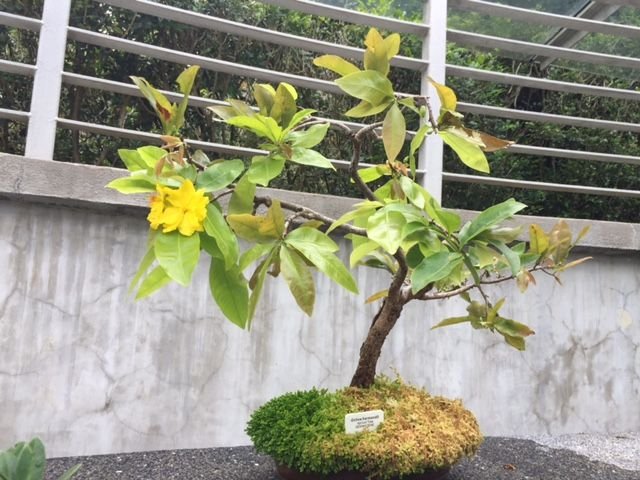.jpg)
It is said that the tradition of Chinese gardening art can be traced back to almost 3,500 years. Since those ancient times, the Chinese have designed and created garden to emulate nature. Then, nearly 2000 years ago, the art of recreating nature in miniature came to known as “ Penjing” or “Pensai”.

Penjing is a unique art form where a tree is cultivated in a pot to resemble a giant tree in the wild. The ancient Chinese have been known to cultivate these miniaturized trees in ceramic or wooden flowerpots, trays. They would also be planted on deep-fissured ornamental rocks. However, the pot is only a complementary element to the Penjing.
The tree is the main feature. Age, size and trunk widths are the elements in the art of penjing. When looking at a good penjing, the viewer should be able to see through illusion, a full sized tree growing in its natural environment.
According to the history of Bonsai, the early traders introduced these penjing into Japan where they were collected by wealthy merchants and samurais. In Chinese “penjing” or “pensai” means a tree in a tray, and in Japanese term for this is “ bonsai”.
In this modern era, bonsai cultivation is no longer only a Chinese or Japanese hobby. During the early 1960s, bonsai was introduced to the west, since then bonsai arts have been recognized internationally from both the East and the West.
Julie Bawk ( Kachin)
Photos credit: Google Image, by me
.JPG)

what i know is this type of tree are expensive.